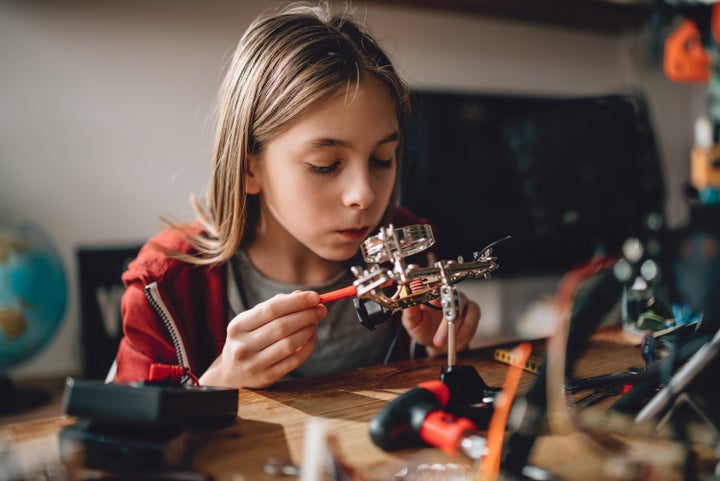
A wonderful announcement relating to women in education recently went almost unnoticed. The world’s richest countries, led by Canada, committed more than £2bn towards the training and education of women and girls in the poorest. The Canadian government described it as, “the single largest investment in education for women and girls in crisis and conflict situations,” and it’s expected to directly impact the lives of eight million individuals and millions more in their families and communities. In this Year of the Woman when we celebrate the centenary of the right to vote, equal access to education is obviously vital, but in countries like our own, it’s not just about building schools and supplying books.
The stated aims of the Canadian government’s welcome initiative include to, “equip women and girls with the skills needed for the jobs of the future.” That’s one of the drivers behind Milton Keynes College’s plans for an Institute of Digital Technology at Bletchley Park. The scheme was recently shortlisted by our government for funding to get it off the ground and we are currently polishing up our final submissions in the hope that we are chosen for state support.
Educating women and girls in those crucial, “jobs of the future,” isn’t just a case of, “Build it and they will come.” Firstly, there is the global problem of convincing women and girls that STEM subjects are something they can do. The aching old stereotypes still persist in our own society that anything to do with numbers is a male preserve. How poignant it is that it took the needs of the nation in extremis in World War II for women to be accepted among the codebreaking elite, a world of science and numbers and patterns? It’s interesting to note that the shortfall of suitably knowledgeable people to fill technology jobs today is also driving that need to encourage girls that such work really is for them.
Providing the same information in the same way to both sexes seems like a logical way to ensure equal take up, but it really isn’t. Girls in this country are still shying away from STEM subjects after GCSE. Teaching methods and the curriculum have been developed over time in a way more suited to boys because it was boys who were expected to take such subjects, so the lack of girls in science continues to be a self-perpetuating truth.
Then there’s the question of role models, the importance of whom cannot be overstated. Anyone who has ever read anything about Bletchley Park has heard of Alan Turing, but who remembers Mavis Lever or Margaret Rock? They were two rare examples of women cryptanalysts at the top of the Bletchley Park pyramid, even though 75% of the people working there were women. How many more girls might be persuaded to stick with science if names like theirs were better known? The wonderful film, “Hidden Numbers,” celebrates similar tales of black women mathematicians and their struggle for recognition in the early days of the space race. Again, their full potential only began to be exploited when NASA was struggling to keep up with the Soviets and the men in charge were prepared to try anything to catch up.
The point is that women can only be fully equal and fully engaged with the modern world when society is properly set up to accept such ambition and encourage it. Perhaps when the G7 cash begins to bear fruit in some of those parts of the world where it’s most difficult to be female, we will learn some lessons for how to do the same thing here.